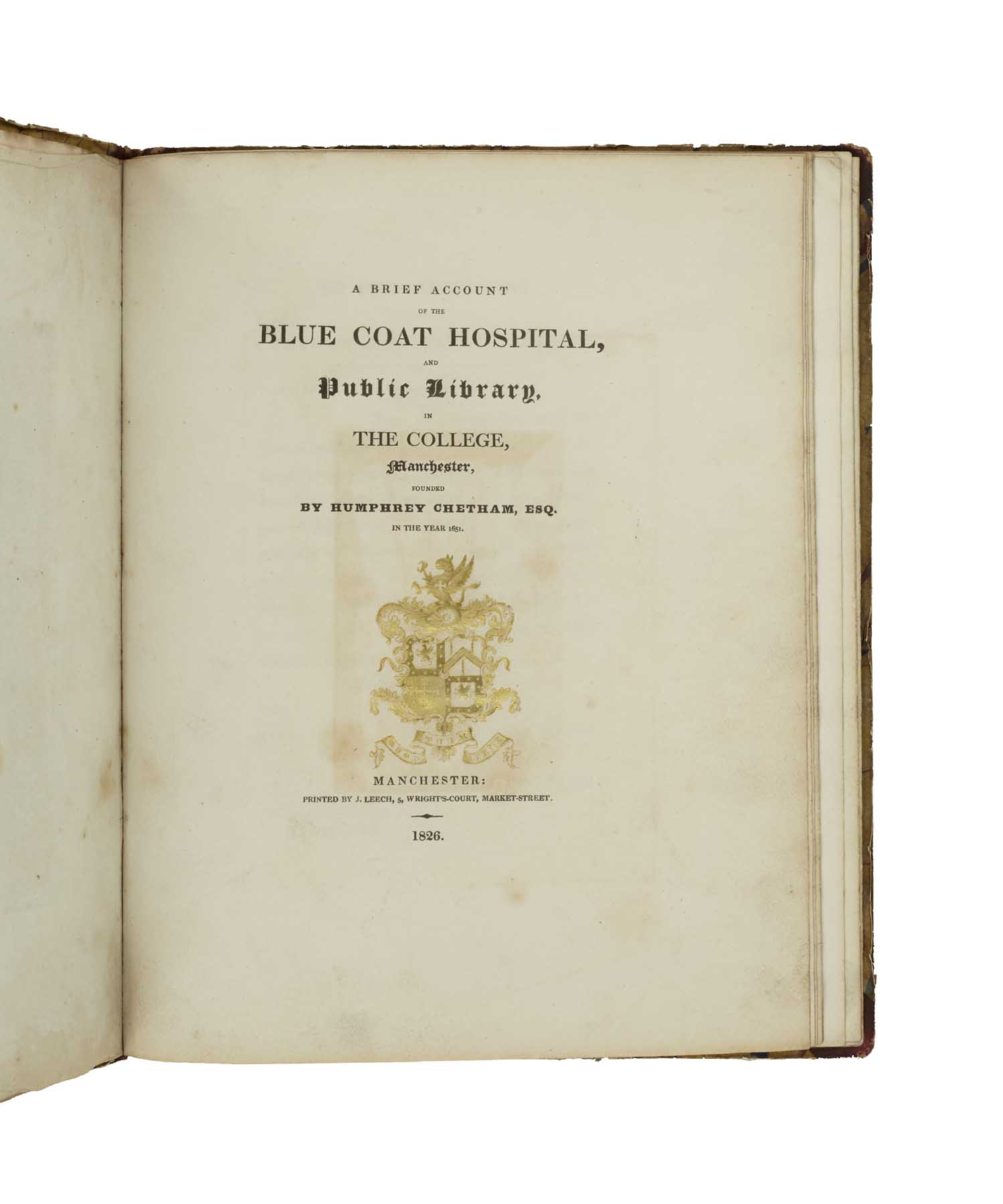THE UFFINGTON HORSE
WISE, Francis.
A Letter to Dr Mead concerning some Antiquities in Berkshire, particularly shewing that the White Horse, which gives its name to the Vale, is a Monument of the West-Saxons, made in Memory of a great Victory obtained over the Danes A. D. 871 … . [With:]
Oxford, Printed for Thomas Wood … 1738
4to., pp. 58, [2], with two folding engraved plates including a fine panorama of the Downs at Uffington and the White Horse by Vertue after Green; and pp. 57, [1], with a folding plate of the Downs at Princes Risborough and a plate of coats of arms; fine copies, disbound.
Added to your basket:
A Letter to Dr Mead concerning some Antiquities in Berkshire, particularly shewing that the White Horse, which gives its name to the Vale, is a Monument of the West-Saxons, made in Memory of a great Victory obtained over the Danes A. D. 871 … . [With:]
First editions. A Letter to Dr Mead was the first serious archaeological study of the Uffington White Horse. Francis Wise, Keeper of the Archives at Oxford University and later a friend of Samuel Johnson, contends that the horse, which he eulogises as a work of art, had Saxon origins, because of the common use of horse motifs in Saxon decoration. His most enduring antiquarian contribution, however, is to link the nearby long barrow Wayland’s Smithy to the legendary Saxon figure Weland.
Shortly after the publication of A Letter to Dr Mead, an acrimonious pamphlet, The Impertinence and Imposture of modern Antiquaries issued under the name Philalethes Rusticus, responded with the claim, now believed accurate, that the horse in fact had iron-age British origins. Though Wise was first defended by George North he replied in his own hand with some Further Observations, expanding his remit to include several other hillside monuments.

